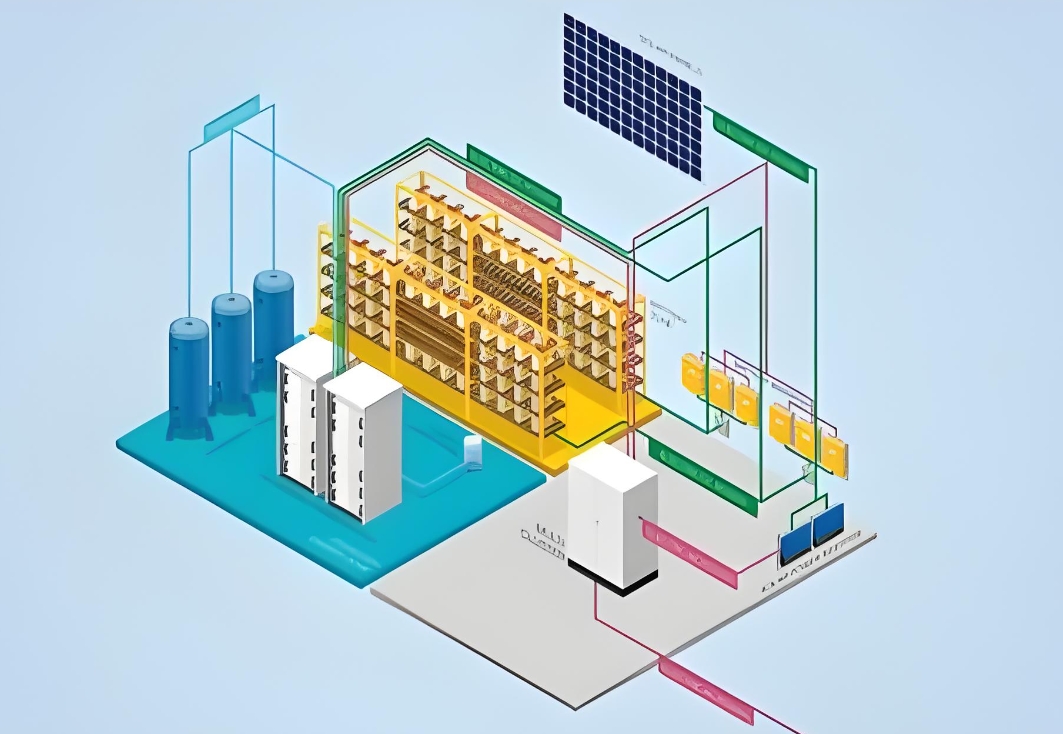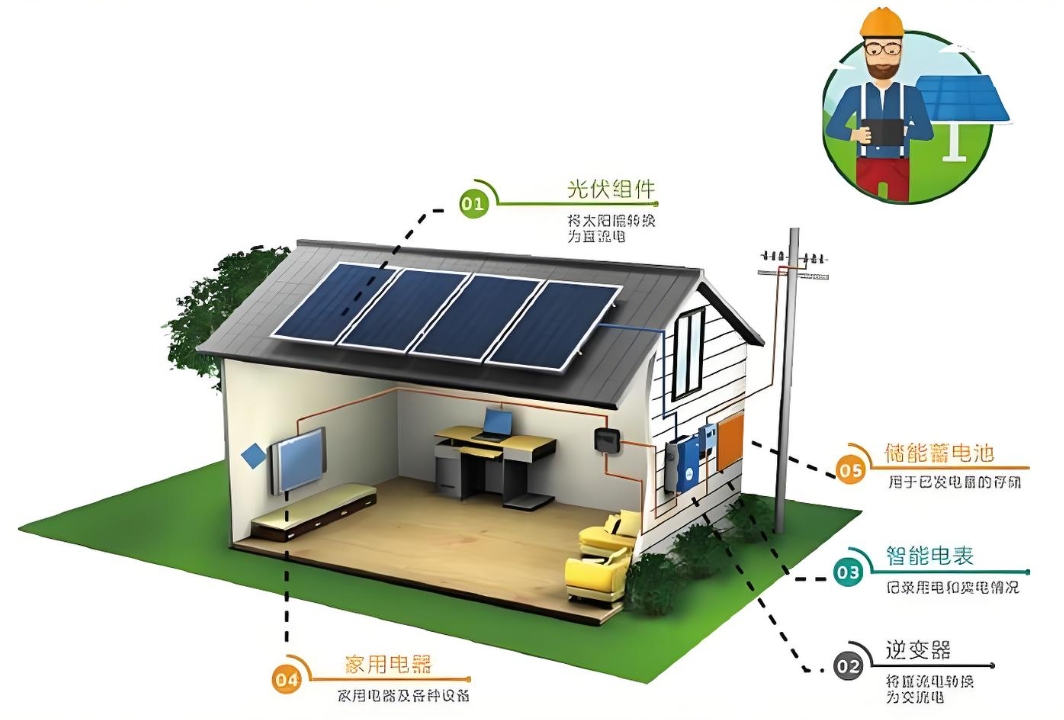Off-Grid Solar Power Systems for Remote Areas Without Electricity
Introduction: Power Independence for Off-Grid Communities
For millions of households in remote regions of Africa, Southeast Asia, Latin America, and beyond, access to electricity remains a daily challenge. Diesel generators are expensive, noisy, and unreliable, while extending the grid is often financially unfeasible. Off-grid solar power systems offer a clean, affordable, and sustainable alternative. This guide explores how a well-designed solar home system (SHS) can provide 24/7 power for lighting, appliances, and small businesses—**starting at just $800** for a basic setup.
Why Choose an Off-Grid Solar Power System?
1. Slash Energy Costs by 70%
- Diesel generators cost $0.50–$1.50 per kWh to operate, while solar energy costs $0.10–$0.30 per kWh after initial investment.
- No recurring fuel expenses—sunlight is free!
2. Reliable Power, Rain or Shine
- Modern lithium batteries store 3–5 days of backup power, even during cloudy weather.
- Hybrid systems can integrate a backup generator for extended low-sun periods.
3. Easy Installation & Low Maintenance
- Modular systems require no technical expertise to install.
- Solar panels last 25+ years; batteries need replacement every 5–10 years.
4. Scalable for Growing Needs
- Start with a basic kit for lighting and phones, then expand to power refrigerators, tools, or small workshops.

Key Components of an Off-Grid Solar System
| Component | Function | Recommendations |
| Solar Panels | Convert sunlight to electricity | Monocrystalline (20%+ efficiency), 300W–400W panels |
| Battery Bank | Store energy for nighttime/cloudy days | LiFePO4 batteries (3,000–6,000 cycles) preferred over lead-acid |
| Inverter | Convert DC solar power to AC for appliances | Pure sine wave inverter (match total load wattage) |
| Charge Controller | Protect batteries from overcharging | MPPT controllers (20% more efficient than PWM) |
| Mounting & Wiring | Secure panels and connect components | Corrosion-resistant racks, UV-proof cables |
3 Real-World Case Studies & Configurations
Case 1: Rural Household in Kenya (Basic Lighting & Charging)
- Family Needs: Power 4 LED lights, 2 phones, 1 radio (daily consumption: 200Wh)
- System Configuration:
- Solar Panel: 1x 150W monocrystalline panel
- Battery: 12V 100Ah LiFePO4 (1.2kWh storage)
- Inverter: 300W pure sine wave
- Charge Controller: 20A MPPT
- Total Cost: $800–$1,200 (installed)
- Savings: Replaces $30/month kerosene costs; pays back in 2–3 years.
Case 2: Small Farm in India (Water Pump & Appliances)
- Needs: Power a 0.5HP water pump, refrigerator, and lights (daily use: 5kWh)
- Configuration:
- Solar Panels: 6x 330W panels (2kW array)
- Battery: 48V 200Ah lithium (9.6kWh storage)
- Inverter: 3kW hybrid inverter (supports generator integration)
- Extras: Water pump controller, surge protectors
- Total Cost: $4,500–$6,000
- ROI: Eliminates $200/month diesel costs; pays back in 2 years.
Case 3: Eco-Tourism Camp in Peru (Full Energy Independence)
- Needs: Power 10 cabins, kitchen, and office (daily use: 20kWh)
- Configuration:
- Solar Array: 20x 400W bifacial panels (8kW)
- Battery Bank: 48V 600Ah lithium (28.8kWh storage)
- Inverter: 10kW three-phase inverter + generator backup
- Monitoring: Cloud-based energy management system
- Total Cost: $18,000–$25,000
- Benefits: 100% energy independence; $1,500/month diesel savings.
Price Guide for Off-Grid Solar Systems
| System Size | Appliances Supported | Components | Price Range |
| Basic (1kW) | Lights, phones, TV, fan | 3x 330W panels, 2.4kWh battery, 1kW inverter | $1,500–$2,500 |
| Mid-Range (3kW) | Refrigerator, water pump, tools | 10x 300W panels, 10kWh battery, 3kW inverter | $5,000–$8,000 |
| Large (10kW) | Full-home/business power | 30x 330W panels, 25kWh battery, 10kW inverter | $15,000–$25,000 |
Prices vary by region, component brands, and installation complexity.
Top 5 Questions Answered
Q1: How long do solar batteries last in hot climates?
✅ LiFePO4 batteries perform well in heat, but keep them shaded. Expect 8–12 years in tropical regions.
Q2: Can solar panels withstand storms or hail?
✅ IEC-certified panels endure 140mph winds and 1-inch hail. Use tilt mounts for debris shedding.
Q3: What if I need more power later?
✅ Design systems with 20–30% extra capacity. Add panels or batteries modularly.
Q4: Are there financing options?
✅ Yes! NGOs and solar companies offer pay-as-you-go (PAYG) plans in Africa/Asia.
Q5: How do I maintain the system?
✅ Clean panels monthly, check connections annually. Most systems include 5-year warranties.
Why Trust Our Solar Solutions?
- Proven in Extreme Conditions: Deployed in Saharan deserts, Amazon rainforests, and Himalayan villages.
- Certified Components: Panels and batteries meet IEC, UL, and CE standards.
- Local Partners: Access installation and repair services in 15+ countries.
---
Call to Action:
Ready to Escape Darkness and High Energy Costs?
👉 [Get Your Free Custom Solar Quote] 👈
Share your location and energy needs—we’ll design a system that fits your budget!



